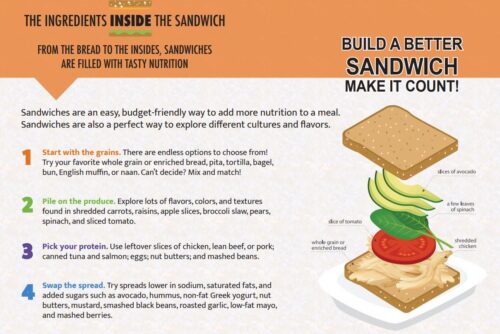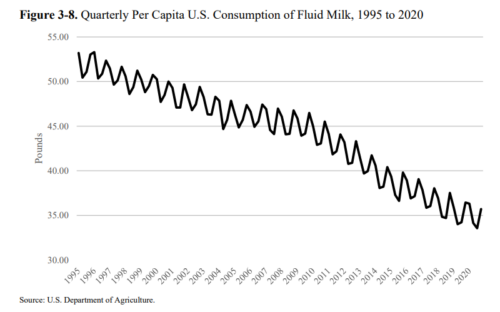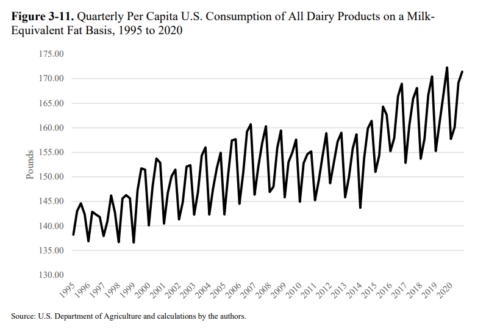Industry-funded study of the week: The Beef Checkoff!
Let’s start the new year off with a classic industry-funded study with predictable results.
Beef Consumption and Cardiovascular Disease Risk Factors: A Systematic Review and Meta-analysis of Randomized Controlled Trials. Sanders, Lisa M et al. Current Developments in Nutrition, Volume 8, Issue 12, 104500
Background: Results from observational studies suggest associations of red meat intake with increased risk of cardiovascular disease (CVD); however, RCTs have not clearly demonstrated a link between red meat consumption and CVD risk factors. Further, the specific effects of beef, the most consumed red meat in the United States, have not been extensively investigated.
Objectives: This study aimed to perform a systematic review and meta-analysis of RCT data evaluating the effects of minimally or unprocessed beef intake on CVD risk factors in adults.
Methods: A search of the literature was conducted using PubMed and CENTRAL databases.
Results: Beef intake did not impact blood pressure or most lipoprotein-related variables, including total cholesterol, HDL-cholesterol, triglycerides, non–HDL-cholesterol, apolipoprotein A or B, and VLDL-cholesterol. Beef consumption had a small but significant effect on LDL-cholesterol (0.11; 95% CI: 0.008, 0.20; P = 0.03), corresponding to ∼2.7 mg/dL higher LDL-cholesterol in diets containing more beef than that in low-beef or -o beef comparator diets. Sensitivity analyses show this effect was lost when 1 influential study was removed.
Conclusions: In summary, the results of this analysis showed no meaningful effect of daily unprocessed beef intake, compared with diets with less or no beef, on circulating lipoprotein lipids, apolipoproteins, and blood pressures, except for a small effect to increase the LDL-cholesterol concentration by ∼2.7 mg/dL. Given that unprocessed beef has minimal to no impact on these CVD risk factors but is a significant source of highly bioavailable protein as well as iron, zinc, and selenium, its inclusion in the diet may help improve dietary nutrient profiles without significantly affecting lipids or blood pressures.
Funding: This study was supported by the Beef Checkoff. The funding sponsor provided comments on early aspects of the study design. A report was shared with the sponsor prior to submission. The final decision for all aspects of the study and the manuscript content were those of the authors alone.
Comment: As I said, an instant classic of the genre. The USDA-managed Beef Checkoff had input into the study design and got to comment on the results and conclusions before the article was submitted for publication. The sponsor exerted influence at the two places bias is most often found: the study design and the interpretation of the results. Hence, industry influenced and predictable.
More to come. Happy new year!




